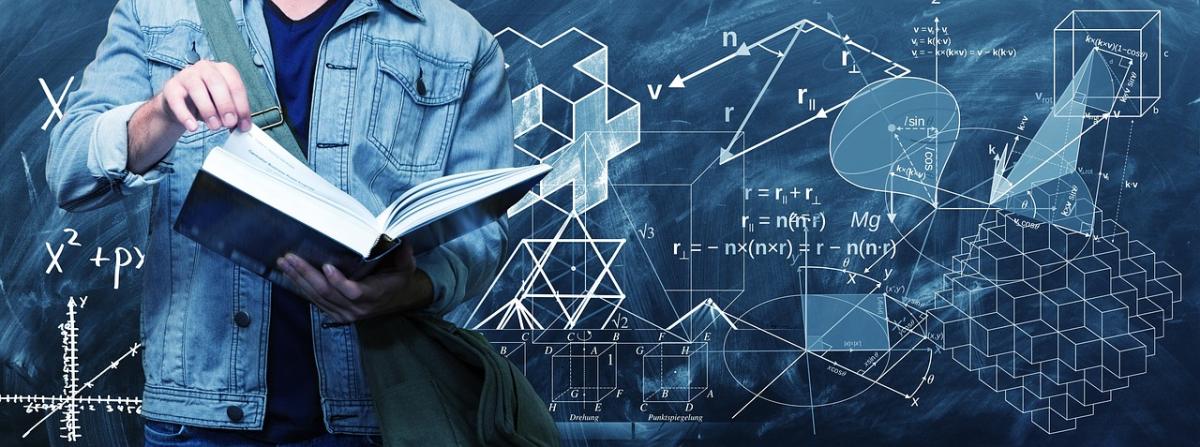Students will use a known lab to represent photosynthesis in action. They can use this template for the lab and pick another variable to collect data on to complete the story on how photosynthesis
In this hands-on lesson, students learn about the types of microorganisms in water and how to sterilize the water. They analyze the data and create graphs. Students participate in a whole class and
In this lesson students learn how CRISPR works by running a gene editing lab. They get to explore the components of the gene editing system, make experimental predictions. Transform bacteria with
This lesson provides a quick and easy to understand introduction to Binary code. In this lesson, we focus on binary numbers whereas, subsequent lessons can focus on the binary alphabet.
This lesson takes a look at 3 different injuries and the different systems that are affected and the math behind the functions of the body and medical interventions.
Pumpkin Jack Part One
This lesson includes fourth grade reading, writing, math, science, and engineering standards. The potential is endless with additional enrichment activities. Students participate in the nurturing and

Students will go through the process of counting pumpkin seeds and analyzing data through mean, median and mode as well as creating correlating graphs. Students will learn what causes fruit
Students learn about the Colorado River watershed and the impact of water rights and usage. They will read about the past and present water flow data, build a model of the watershed, calculate data
Students in 4th grade learned about natural disasters through this interactive STEM lesson focused on the creation on a 'tsunami-proof' home. Students used the Engineering Design Process to create a
This is a hands-on activity where students can visualize, using Skittles as atoms, the concept of balancing chemical reactions. Many students get thrown off by the fact that products often look, smell
Students will be using simple equipment to demonstrate the 3 laws of motion. They will be incorporating technology, math, and the scientific method to demonstrate what they know.
This lesson uses a PhET Simulation to allow students to collect data on the orbits of planets around our Sun, then summarize and share their results. It is designed for students in Grades 9-12.
With this lesson, students learn how to do simple macroinvertebrates sampling and identification using common resources to determine the environmental health status of perennial streams in Arizona
This is part 2 of a two-part series focused on the effects of grafting tomato plants to potato root stock in order to create "pomato" plants. This lesson is written for junior high students but can be
Water Troughs on the Rez is a lesson plan to help students understand the mathematical perspective of everyday items around our homes on the reservation. Students are to share different types of water
A lesson to teach students how to collect, organize, interpret data, make inferences, raise awareness, and suggest possible solutions on the water quality of the waterbodies in the state of Arizona.
Lesson explores compounds, mixtures and solutions, defining each and what distinguishes them from each other. Students complete a lab as an introduction, use a PowerPoint to refine their knowledge and
Featured Lesson Plans
Check out these notable lesson plans.

Using Stop Motion Animation to Show Step-by-Step Instructions and Solve Real World Math Problems
Stop motion is a great way for students to slow down working through the steps in math to demonstrate their understanding of math concepts. Students can film a short story or step-by-step instructions

By creating a stop motion animation, students will gain a deeper understanding of how landforms develop, are weathered, and erode. This is an engaging way to help infer the history of the current

This STEM project allowed students to embark on an exciting journey of entrepreneurship with "Ride to Success." In this immersive STEM lesson plan, students will not only learn the ins and outs of


